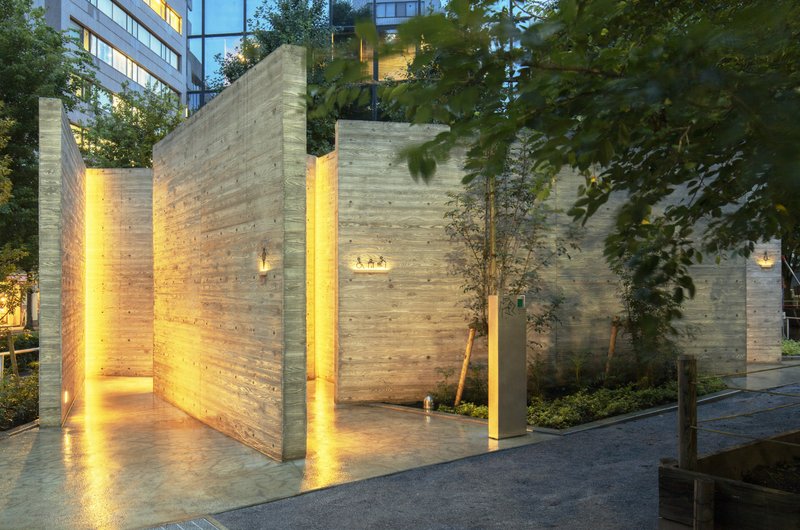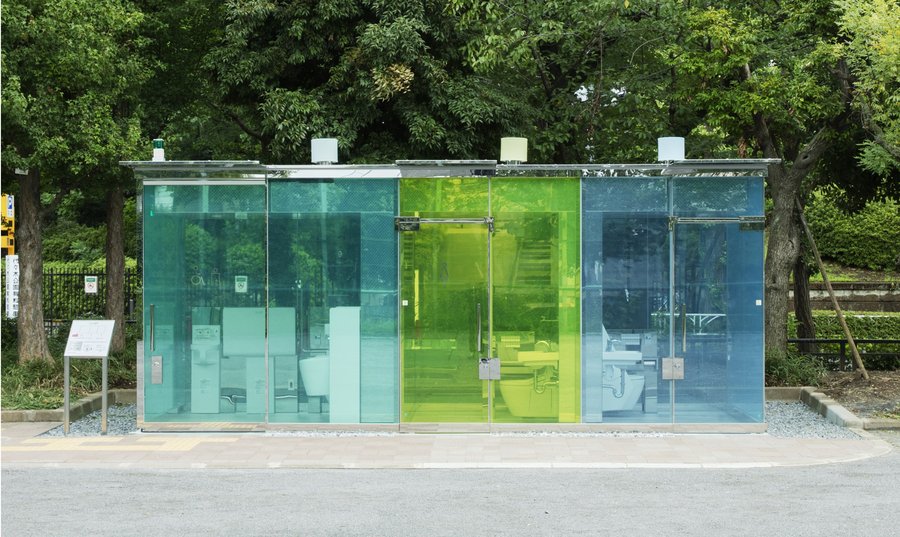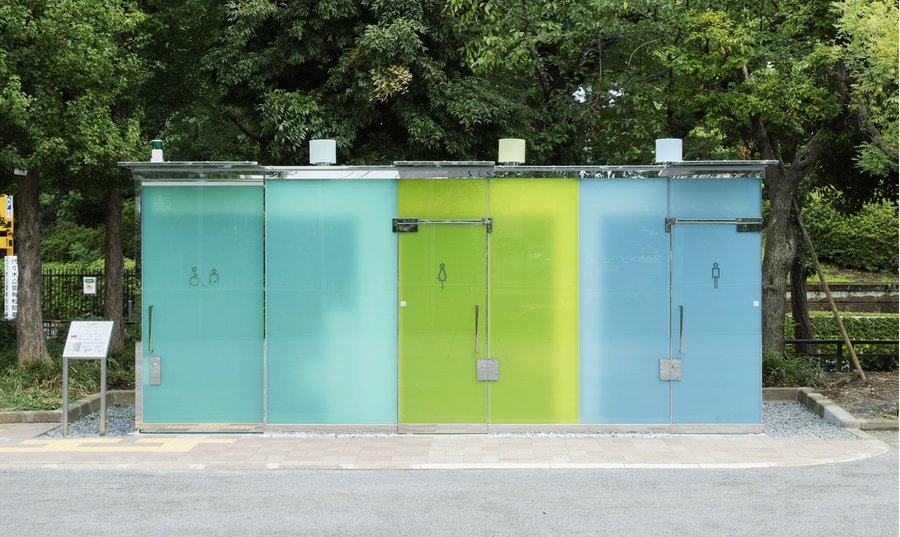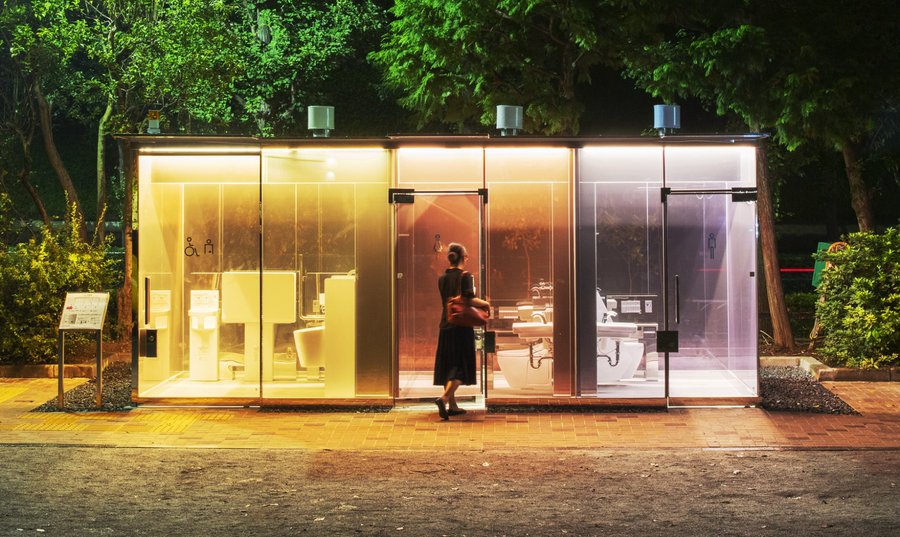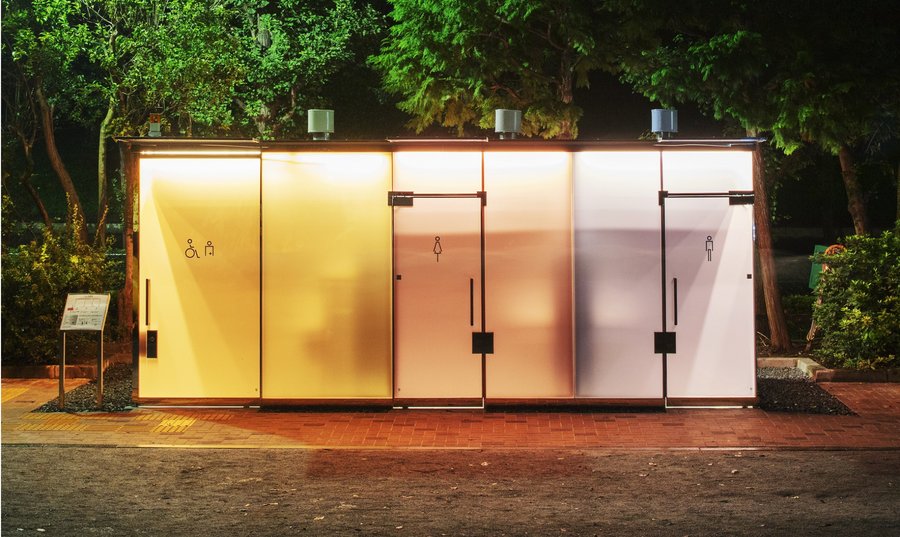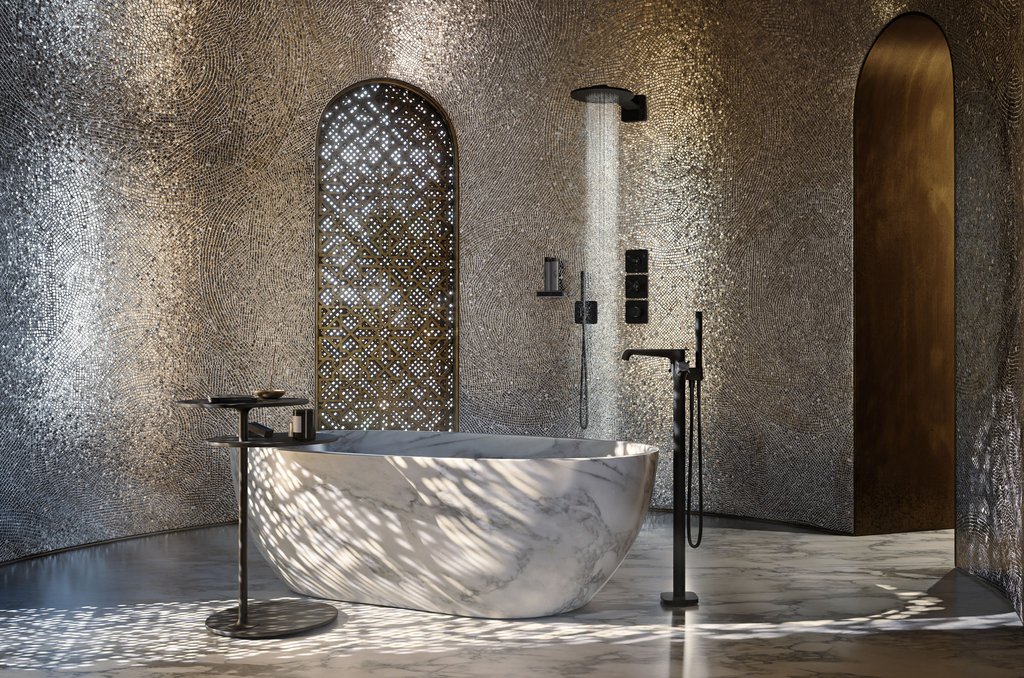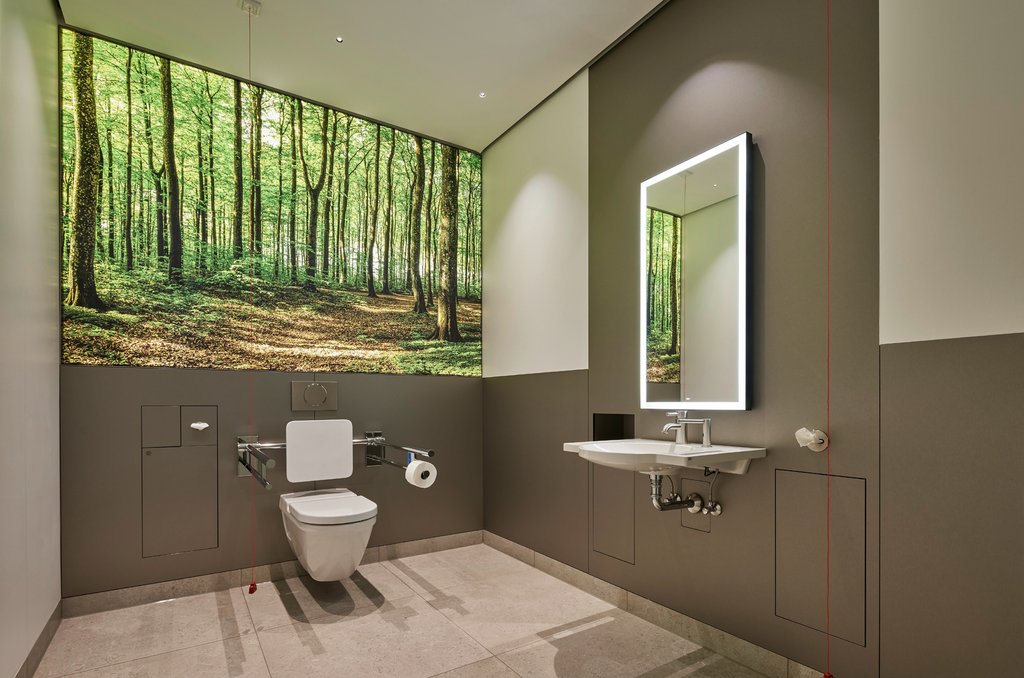The Tokyo Toilet: Fascinating toilets in public spaces
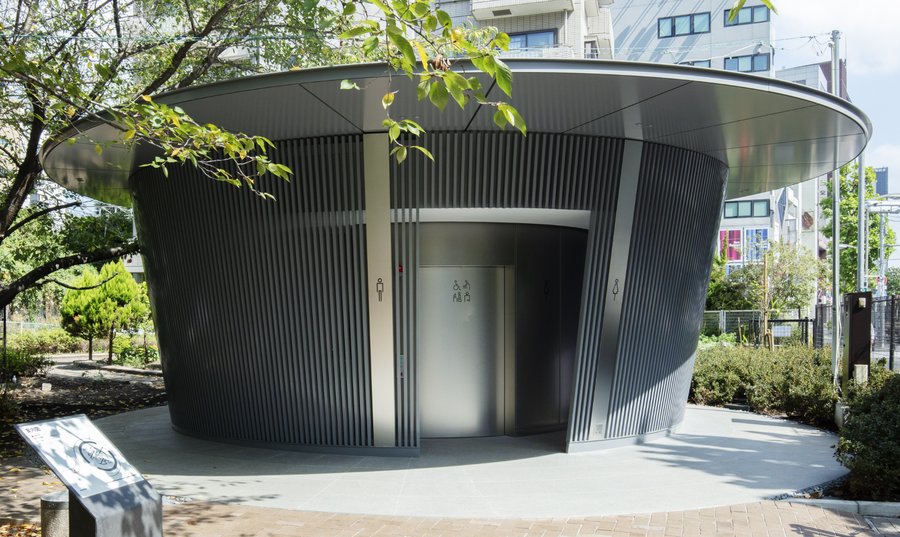
Tado Ando designed the appealing toilet pavilion in the Jingu-Dori Park, Tokyo. The everyone's toilet, which is suitable for old and young, for men and women and for people with disabilities, offers a spacious vestibule with an eaves. You can find it in the middle of the side entrance to Shibuya Station.
Photos: The Nippon Foundation
The Tokyo Toilet project is a collaboration between the Nippon
Foundation and sanitaryware producer Toto and aims to show just how attractive
public toilets in the heart of a megacity can be. The new pavilions, which have
been designed by internationally renowned architects like Shigeru Ban and Tadao
Ando, are to be completed in time for the 2021 Olympics so that visitors can
enjoy clean and pleasant facilities at any time of the day or night.
With its many years of expertise in the sanitaryware sector, Japanese
company Toto has taken on a consulting role in the project. In preparation for the
implementation of the new toilet concepts, a thorough research study explored
the question of what makes a public toilet safe and comfortable to use. Particular
attention was paid to the aspect of ensuring that a public toilet is convenient
for people with disabilities to use and operate. That meant allowing enough
space for wheelchair users, for instance. On the other hand, the cubicles
couldn’t be too big either, otherwise they would be difficult for the visually
impaired to navigate. The needs of parents with small children and the elderly
were likewise included in the study. In addition, the company provided
information on how regularly public toilets should be cleaned and maintained
and gave tips on equipping the facilities with sterile and antibacterial
features.
State-of-the-art architecture and hygiene
Seven of the 17 Tokyo Toilets designed by renowned architects have
meanwhile been completed and are already causing quite a sensation in the urban
landscape. They include the toilet pavilions in Yoyogi Fukamachi Park and
Haru-no-Ogawa Community Park, which were designed by Japanese architect Shigeru
Ban with a rather surprising feature: from the outside, the walls are
transparent and passersby can see into the toilets. But as soon as somebody
locks the door from the inside, the glass turns into an opaque wall that
protects the user from unwelcome glances. The intention is to convey a sense of
safety and special comfort – even if the transparency is unaccustomed to start
with. Shigeru Ban explains his idea: “There are two things we worry about when
entering a public toilet – especially in a park. The first is whether the
facilities are clean, the other is if there’s anybody inside.”
Hygiene and cleanliness as an expression of hospitality
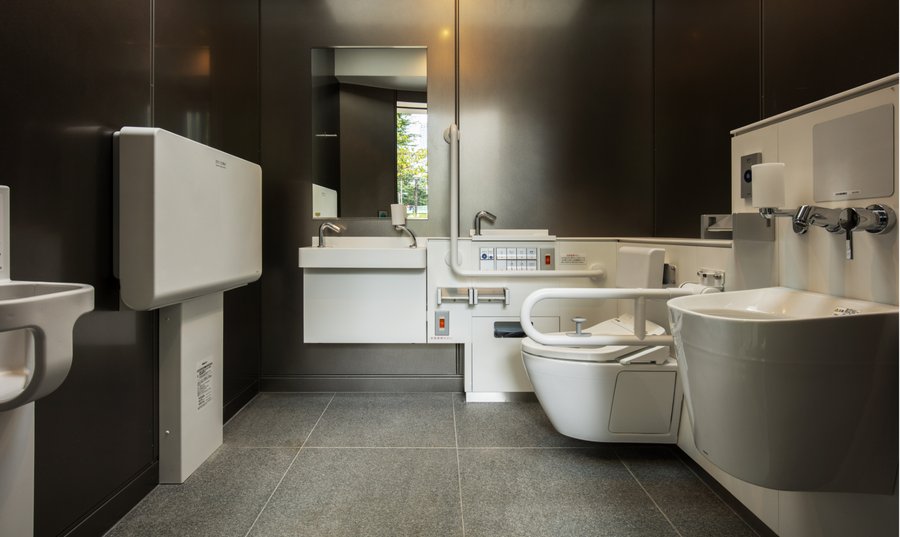
Glance into the everyone's toilet designed by Tadao Ando. Inside you can find even a baby chair and a changing table and also an ostomy bag can be emptied. Like all toilets in the “Tokyo Toilets” project, the room is shaped by Japanese hospitality, the Omotenashi culture.
Photo: The Nippon Foundation
Hygiene and cleanliness have always played an important role in Japanese
culture. The bathing tradition has centred on the purity of the body for
centuries, and toilets have special significance in this context. They are a
symbol of omotenashi culture, which is an expression of courteous hospitality. That’s
why, in future, even toilets in the public space are to be more pleasant, more
inviting and more accessible. Even if Japan’s public toilets are relatively
clean by comparison, recent times have seen a further increase in hygiene
consciousness. So there’s still a need for action. “We hope that the project
will give visitors from abroad the opportunity to experience the sense of
Japanese hospitality embedded in these toilets. At the same time, we hope that
we will be able to introduce the clean and comfortable toilet culture of Toto
to the world,” reads a statement by Satoshi Shirakawa, Executive Vice President
and Representative Director Toto Ltd.
An overview of the locations of the individual toilet pavilions you can find here.
